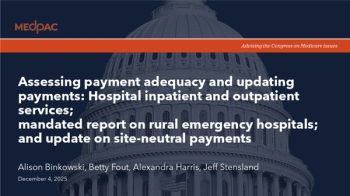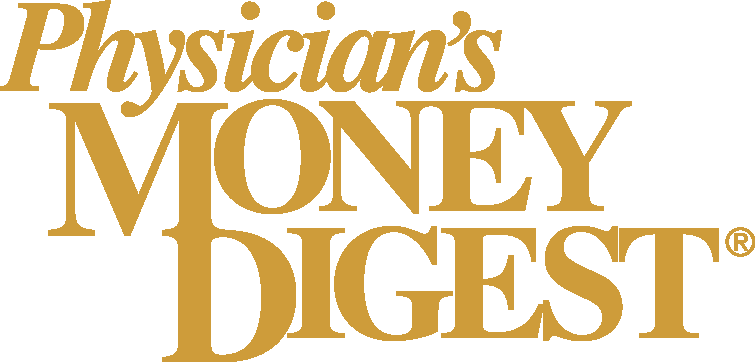
FDA-Cleared bone health device Osteoboost launches nationwide
Key Takeaways
- Osteoboost is the first FDA-cleared device for low bone density, using vibration therapy to reduce bone loss in spine and hips.
- Clinical trials showed significant reductions in bone density and strength loss, with no serious adverse events reported.
Osteoboost introduces a groundbreaking FDA-cleared device for osteoporosis, offering innovative, non-invasive therapy to enhance bone health and prevent fractures.
Osteoboost Health Inc. announced Wednesday the nationwide release of
The wearable device delivers targeted vibration therapy to the spine and hips—areas most vulnerable to osteoporotic fractures. Cleared through the FDA’s De Novo pathway and designated a Breakthrough Device, Osteoboost represents a major innovation in preventative care for bone health.
“The longevity conversation is everywhere, but people rarely mention bone health even though it is fundamental to aging with confidence,” said Laura Yecies, CEO of Osteoboost Health. “Osteoboost empowers people to lead longer, stronger, and more active lives.”
Designed for at-home use, the belt-like device requires 30 minutes a day of therapy and can be worn while performing everyday tasks such as walking or cooking.
In a gold-standard, double-blinded, placebo-controlled clinical trial conducted at the University of Nebraska Medical Center, Osteoboost users showed significant reductions in bone loss. The study found an 85% reduction in spine bone density loss and an 83% reduction in bone strength loss, with no serious adverse events reported.
“It’s been a long time since we’ve seen any new innovation for bone health,” said Yevgeniya Kushchaeva, MD, clinical director of University of South Florida Health Adult Endocrinology. “The fact that the trial showed such strong results, and had no serious adverse events... inspires tremendous confidence.”
Osteopenia, the precursor to osteoporosis, affects 54% of postmenopausal women in the U.S., yet most treatments are only prescribed after a fracture has already occurred. Osteoboost aims to fill this treatment gap with a proactive, non-invasive alternative.
To boost accessibility, the company is offering online prescription consultations through Beluga Health, allowing patients to obtain prescriptions through their own physicians or via a virtual visit.
Osteoboost’s launch is backed by strategic investments from AARP, Harvard Business School Angels, She’s Independent, and Esplanade Healthtech Ventures. The company also recently acquired Wellen, an online exercise and fall prevention platform tailored to women with low bone density.
The economic and health impact of osteoporotic fractures is staggering—costing the U.S. health care system an estimated $46 billion annually. More women suffer osteoporotic fractures than experience heart attacks, strokes, or breast cancer combined.
Osteoboost is now available nationwide by prescription.
Recent advances in bone health and osteoporosis prevention
The field of bone health has seen renewed attention in recent years, driven by a growing emphasis on preventative care, aging populations, and a shift toward non-pharmaceutical interventions. Historically, the primary tools for maintaining or improving bone density have included calcium and vitamin D supplementation, weight-bearing exercise, and medications such as bisphosphonates. However, these medications are often reserved for patients already diagnosed with osteoporosis—typically after a fracture has occurred—leaving millions with osteopenia, the precursor to osteoporosis, without effective options.
This treatment gap has spurred innovation. Wearable technologies, such as Osteoboost, represent a new frontier in bone health by offering low-risk, non-invasive solutions aimed at prevention. These devices typically use targeted mechanical stimulation—such as vibration therapy—to encourage bone remodeling in areas most vulnerable to fracture, including the hips and spine. While vibration therapy has been explored for decades, recent advances in miniaturization, precision engineering, and clinical validation have made it viable for at-home use.
Clinical trials have begun to show measurable benefits. Studies like the one behind Osteoboost’s FDA clearance suggest that low-intensity, high-frequency vibrations can reduce bone density loss and improve bone strength without adverse effects. Compliance rates with such devices are also promising, thanks to their integration into daily routines.
Alongside device innovation, digital health platforms are emerging to support
Together, these trends signal a shift from reactive treatment toward proactive management of bone health, with an emphasis on accessibility, prevention, and maintaining quality of life in aging populations. As health care systems increasingly focus on value-based care, innovations in this space are poised to play a larger role in reducing fractures, preserving independence, and lowering long-term health care costs.
Newsletter
Stay informed and empowered with Medical Economics enewsletter, delivering expert insights, financial strategies, practice management tips and technology trends — tailored for today’s physicians.
















